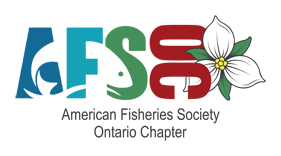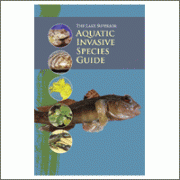The Lake Superior Aquatic Invasive Species Guide
Lake Superior has extraordinary aquatic life, supported by cool coastlines, pristine islands, diverse coastal wetlands, extensive sandy beaches, and the coldest and deepest waters in the Great Lakes. It is the world’s largest freshwater lake by area. Lake Superior has a relatively simple food web, which means it is especially vulnerable to damage from invasive species.
Of all the Great Lakes, Lake Superior is the least invaded and we want to keep it that way. This guide illustrates invasive species already established or a threat to becoming established; however, it is not an exhaustive list. According to the University of Minnesota Sea Grant Program, 97 non-native fishes, plants, invertebrates, and diseases have become established in the big lake.
Impacts of many nonnative species are unknown until they cause noticeable effects. In terms of new species that could spread into Lake Superior, there are eighteen profiled in this guide. The actions that you can take (pages 3 and 4) will help stop the introduction of species profiled and threats like chinese mitten crab, red swamp crayfish, faucet snail, Redear Sunfish, hydrilla and many more.
The Lake Superior Aquatic Invasive Species Guide is designed for recreational users of the lake, people who spend their time boating, fishing, and exploring this beautiful waterbody. Descriptions and photos provided will help you identify these invaders and report sightings. Knowing the distribution of invasive species and detecting any new arrivals is critical for managing and protecting the lake – do your part to help protect Lake Superior!
The Guide was prepared by the Ontario Federation of Anglers and Hunters in collaboration with the Lake Superior Binational Program and the Great Lakes Panel on Aquatic Nuisance Species. The guide is relevant to both Canada and the United States and is available in PDF format from Ontario’s Invading Species Awareness Program.



